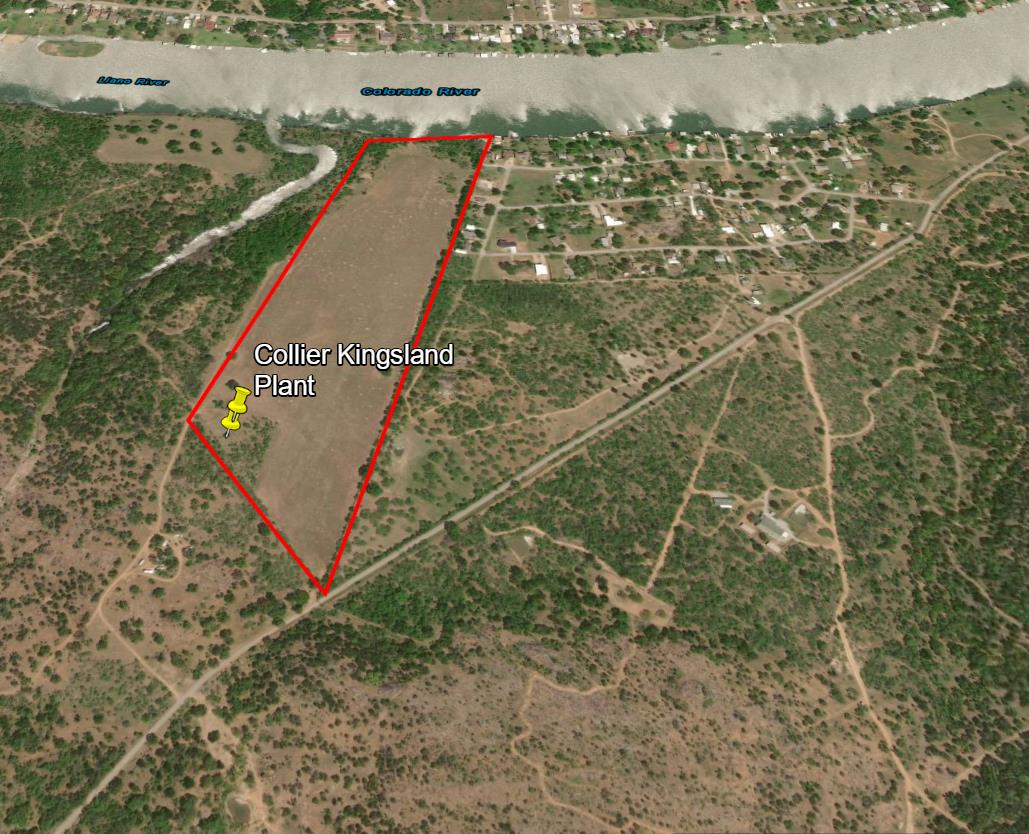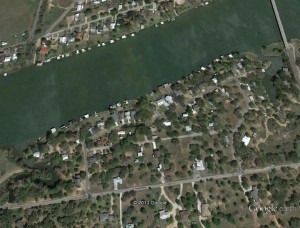The official results are in for the Great Google Earth Challenge and the answers! And the winner is…….three people!
Based on my calculations, it was 12:02p CDT. I calculated this based on a website suncalc.net and overlaid there time-based protractor tool on multiple tall objects that I could be sure were perfectly vertical (http://suncalc.net/ ). There is also a technique using the shadow length to the height of the object and using FindMyShadow.com which I used to corroborate the answer.
I had three answers that were so close to my answer that, given the probable margin of error for each answer including my own, I decided to award to all three people.
- John Nielsen: 11:46 and 17 seconds
- Jim Hale: 11:43a and 20 seconds
- Vicki Moore: 11:00 am CST (which translates to 12:00 Noon CDT)
Two of these answers were based on very detailed logic and analysis, the other I think was a wild guess (but a good one :-). Vicki’s answer was listed with a time zone of CST (we were on Daylight time beginning March 10) so I gave here credit for a 12 noon CDT answer. While I wanted some logic for her answer I can only guess that Vicki, having spent her entire life living around her rancher father, just “knows these things” by looking at them 😉
The other two amazing winners were John Nielsen (11:46a and 17 seconds) and Jim Hale (11:43 and 20 seconds). Jim used one of the other websites that I used to corroborate my official answer, to come up with his. John Nielsen used AutoCAD and a web tool that computes shadow angles (basically a sundial approach to the problem).
Originally, I was going to award to the one person that was closest to my answer, assuming the “my contest, my rules” theory, but then the thought of getting into an argument with two very analytical people and a rancher’s daughter over my answer being the right one, led me to a much better decision.
That being said, we’ve obviously got some very analytical and observant folks that hang out in Lakewood Forest 1 J
Jim has already indicated his choice of red wine. John and Vicki can let me know their preference when convenient.
Appeals of these results will be considered, if they are accompanied with beer.
Chris
===========================================================================
Answers and logic are listed below:
Jim Hale: 11:43a and 20 seconds
“I found ‘Wheresmyshadow’ [sic FindMyShadow] website and pulled long./lat. Off of google earth (exact location of telephone pole). Then overlayed the google earth plot and the ‘wheresmyshadow’ plot of sun/time. Interpolated the time and viola.”
John Nielsen: 11:46 and 17 seconds
“Attached is the goggle picture with azimuth lines drawn based on shadow to object casting shadow. Azimuth calculated (this all being done in autocad). I only used two areas and averaged them I’m sure there are better objects but I’m in a hurry. Then go to
http://www.sunposition.info/sunposition/spc/locations.php#1
and plug in date and location. Go to the azimuth/time box lower right. Time in 15 minute increments and azimuths in 2-3 degree increments. 3 degrees/15 minutes x 22min 22 seconds of my average azimuth = 1 minute 17 seconds plus 11:45 am at the 126 degree azimuth mark = 11:46 and 17 seconds am. I may not be right but baffle with b*** s*** is my motto, at least today.”
Vicki Moore: 11 am CST
Aaron Richardson: 11:18:49
Linda McMahon (my sister-in-law): 9:45a
“My reasoning for picking the time that i did, was it has to do with the way the way the shadows were facing. You could tell the sun wasn’t overhead and had come up just above the trees so that most of your house was in the sun. The shadow over the roof of your house was facing towards your dock in your back yard. The shadow off the dock on the left side of your dock (west side) was in the water, and the shadow angle of the trees in the front yard and towards the boat dock in your back yard were all facing left when you looked at the Google Earth picture of your challenge.
This was derived from viewing Chris and Debbie’s house in the picture on Google Earth.”
Heather Smith: 3:56pm
===========================================================================
By the way, here is a very manual method to calculate the time of day on which the aerial photo was taken, but it is not easy:
You need to know the height of a nearby object (such as a streetlight pole or a high-tension tower, or a water tower) that is surrounded by flat land. It must be in the same photo as the one you are considering.
Then:
a) Measure the length of its shadow using the Google Earth measurement tool in feet.
b) Calculate the height divided by the length to determine the tangent
c) Use a calculator to take the Inverse Tangent of the number calculated in (b). This angle is also known as the “solar elevation angle” i.e. the angle of the sun above the horizon at the time the photo was taken.
d) Note the latitude and longitude of the location, or the Zip Code if you already know this from other sources.
e) Note also the date on which the photo was taken, from the lower left of the photo.
f) Note whether the shadow is pointing to the NE or to the NW.
g) Go to http://solardat.uoregon.edu/SunChartProgram.html to create a “Sun Path Chart”. Enter the Lat/Long or Zip Code location, the date, the time zone and whether you want the time as standard clock time, or “solar time” (where noon is when the sun is exactly south, regardless of what the clock says). (You may need to print this out, or twist your head to see it correctly, or get a version of Adobe that lets you rotate it 90 degrees on the screen.)
h) At the left side of the sun chart, enter the Solar Elevation angle which was calculated in (c) above.
i) Follow along this line until you cross the sun path. There will be two possible times at that angle–one for the morning and one for the afternoon.
j) If the shadow was pointing NW (as noted in (f) above), then read the morning time, since the sun was in the southeastern sky. If the shadow was pointing NE, read the afternoon portion of the chart.
Obviously, in several of the above steps you are taking approximations, so the accuracy of the time reading is similarly approximate.


